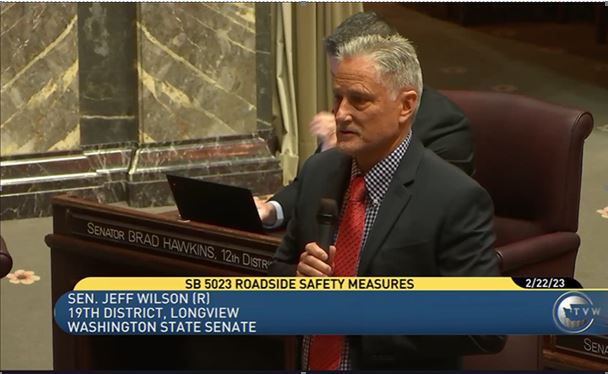Wilson tow-truck safety bill passes Senate on unanimous vote
Blue-light flasher bill named for SW Washington tow operators killed at roadside
OLYMPIA – A two-year effort by Sen. Jeff Wilson to improve safety for roadside emergency workers crossed a major hurdle in the state Senate Wednesday as lawmakers voted 49-0 for Senate Bill 5023. The bill now moves to the House.
Wilson’s bill would allow tow-truck operators to use rear-facing blue flashers at accident scenes. Named for Longview-area tow operators killed in 2021 in a pair of crashes on Interstate 5, the bill is the last remaining piece of a comprehensive safety proposal Wilson introduced last year. Other elements were incorporated in legislation passed last year, or already have been implemented by state agencies.
“When it comes to blue lights – I ask that we all see the light for safety,” Wilson declared on the Senate floor Wednesday.
The Arthur Anderson and Raymond Mitchell Tow Operators Safety Act offers recognition that tow-truck operators have one of the most dangerous jobs in America, Wilson said. Tow-truck operators have a death rate 15 times higher than the national average, according to the National Institute for Occupational Safety and Health.
The bill allows tow trucks and other emergency responders to use highly visible blue flashers when they reach roadside emergency zones. State law already permits them to use red flashers on the way to the scene. The red-and-blue combination produces a visual effect motorists find difficult to ignore, Wilson said. Wilson’s bill faced opposition from police agencies, however, because Washington law reserves blue for law enforcement vehicles.
“Passage of this bill in the Senate today sends a strong message that safety on our roadways is a priority for Olympia, and that we need to respect the ‘everyday heroes’ who work within inches of speeding traffic,” Wilson said. “These first responders risk their lives every day.”
Other elements of Wilson’s original proposal that have already been implemented include:
- A new emergency-zone speed limit, 50 mph wherever the speed limit is 50 mph or greater.
- Funding for state agencies to develop driver-training materials, highway signage, and a public-awareness campaign to promote Washington’s slow-down, move-over law.











